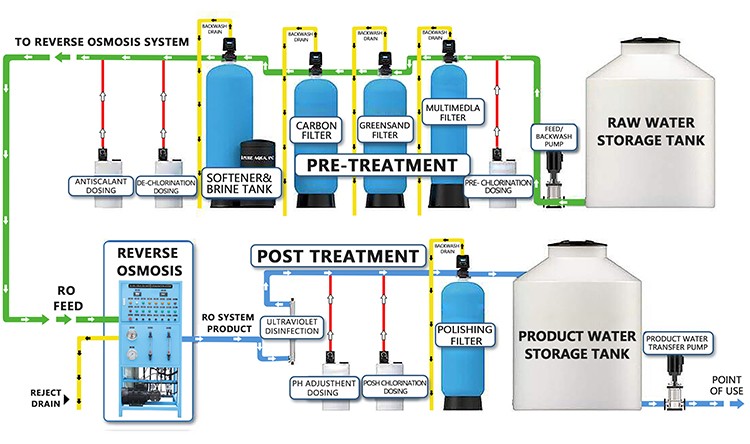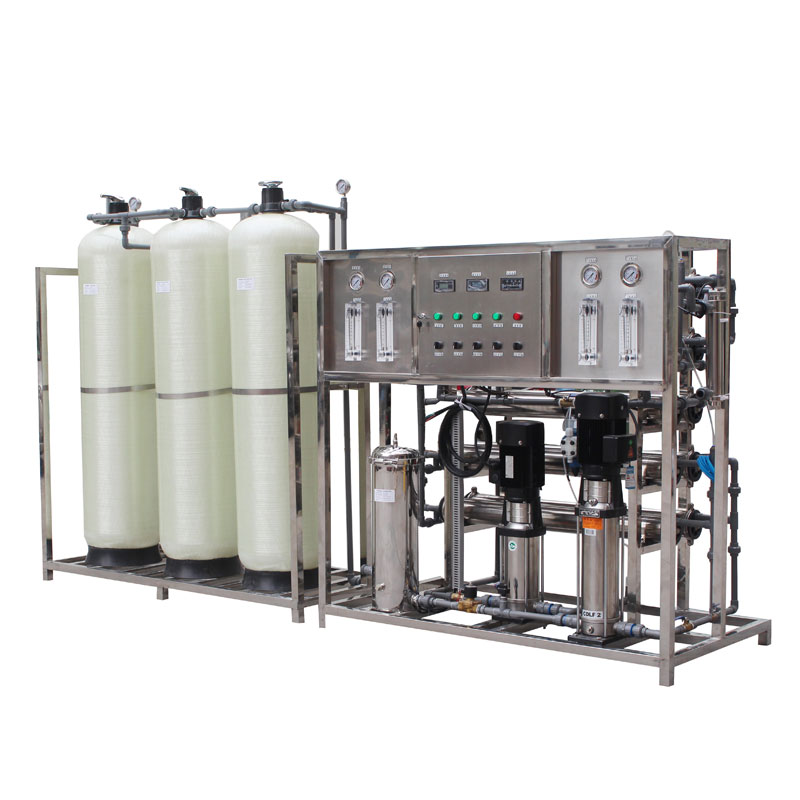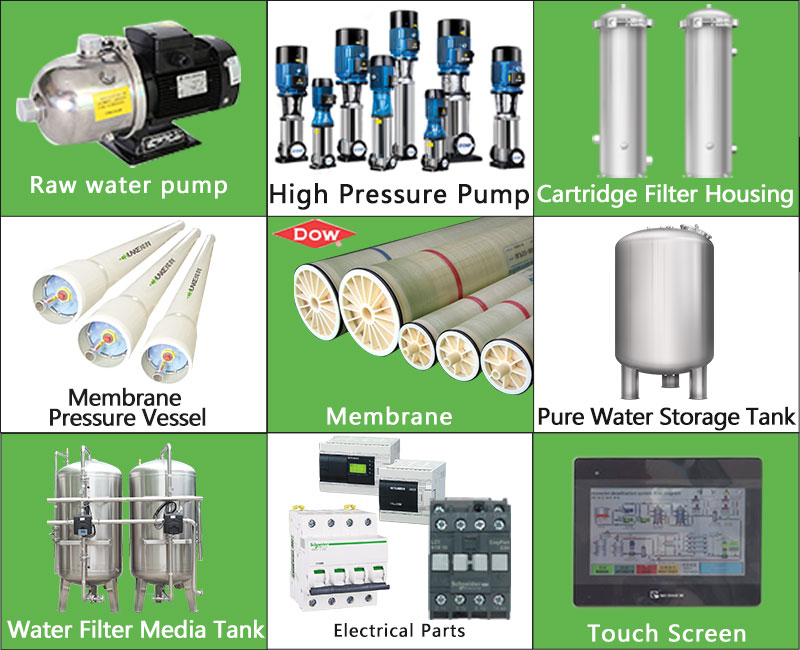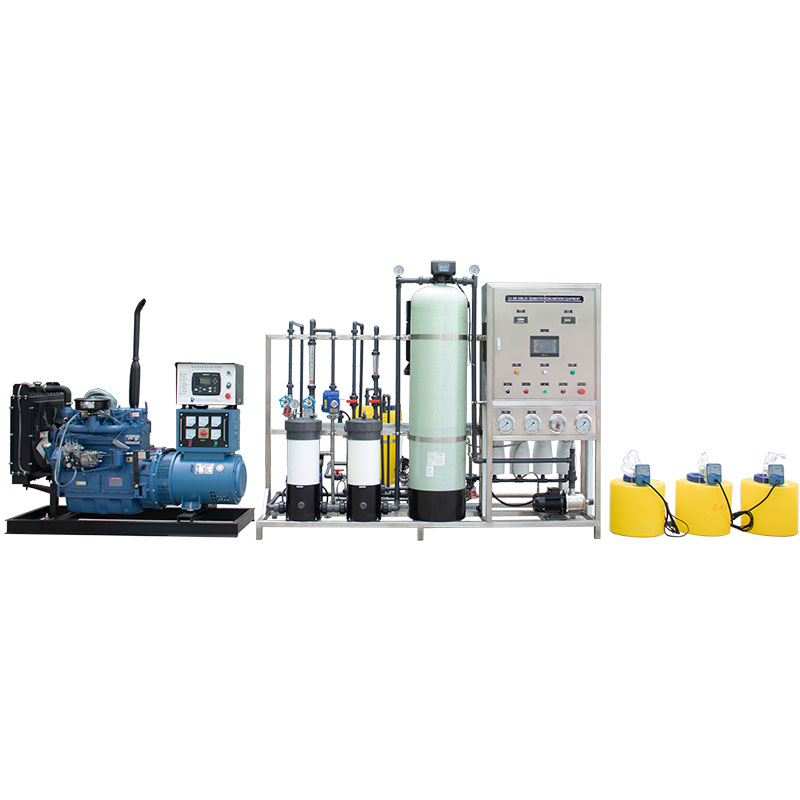Which vertical reverse osmosis water purifier is the most efficient?
In modern home and office environments, water purifiers have become key equipment to ensure healthy drinking water. Especially in areas with poor water quality, the choice of water purifiers has become particularly important. Reverse osmosis (RO) water purification technology is popular for its excellent filtration effect, and vertical reverse osmosis water purifiers have become the first choice for many consumers due to their small footprint, neat appearance, easy installation and maintenance.
So, which vertical reverse osmosis water purifier is the most efficient? To answer this question, we need to analyze from multiple angles.

What is reverse osmosis water purification technology?
Before discussing different models of vertical reverse osmosis water purifiers, it is necessary to understand the basic principles of reverse osmosis technology. Reverse osmosis is a water treatment technology that effectively removes dissolved solids, heavy metals, bacteria, viruses and other contaminants in water through the selective permeability of a semi-permeable membrane. The pore size of the reverse osmosis membrane is usually 0.0001 microns, which is much smaller than the particle size of most pollutants, so it can remove impurities in water and produce pure water.
Reverse osmosis water purifiers usually include several core components: pretreatment system (usually including sedimentation filter and activated carbon filter), reverse osmosis membrane assembly, water storage tank and post-filtration system. The pretreatment system is responsible for removing larger particles and chemical contaminants to prevent them from damaging the reverse osmosis membrane. The reverse osmosis membrane is the core of the entire system and determines the efficiency and effect of water purification.

Which vertical reverse osmosis water purifier has the highest efficiency?
Efficiency is a key consideration when choosing a vertical reverse osmosis water purifier. So, what determines the efficiency of a reverse osmosis water purifier?
There are mainly the following aspects:
The water recovery rate refers to how much proportion of raw water the system can convert into purified water. A higher recovery rate means less wastewater is generated, so it is more environmentally friendly and economical.
The clean water flow rate refers to how much purified water the system can provide per unit time. The higher the flow rate, the more drinking water can be provided in a short time, which is suitable for homes or offices with greater water demand.
The filtration accuracy depends on the quality and design of the reverse osmosis membrane. The higher the accuracy, the more pollutants can be removed and the higher the quality of the purified water.
Reverse osmosis water purifiers usually require electricity to drive the water pump. If the power consumption is too high, the operating cost will increase accordingly. High-efficiency equipment usually maintains low energy consumption while providing efficient water purification.
An efficient reverse osmosis water purifier should not only perform well in operation, but also have low maintenance requirements, long filter replacement cycle, and easy cleaning and maintenance.

Comparison of different models of vertical reverse osmosis water purifiers
There are many brands and models of vertical reverse osmosis water purifiers on the market, and their performance is also different. Below we will compare several mainstream models of vertical reverse osmosis water purifiers based on the above criteria.
High recovery rate vertical reverse osmosis water purifier
Some brands of vertical reverse osmosis water purifiers are known for their high recovery rate, which is usually between 60%-70%. This type of machine is characterized by an optimized membrane module and an efficient pretreatment system that can minimize wastewater generation. A higher recovery rate not only means less water waste, but also reduces the user's water bill expenses. This type of equipment is usually suitable for users who have high requirements for environmental protection.
High-flow vertical reverse osmosis water purifier
For some families or offices, the water demand is large, so high-flow reverse osmosis water purifiers are more attractive. Such devices are usually equipped with more powerful pumps and larger reverse osmosis membranes, which can process large amounts of water in a shorter time. Models with flow rates of up to 2-3 liters/minute are particularly suitable for large families or small offices, and can quickly meet the drinking water needs of multiple people.
High-filtration precision vertical reverse osmosis water purifier
Some users have extremely high requirements for water quality, especially in areas with serious water pollution. Such devices usually use a multi-stage filtration system, not only using high-precision reverse osmosis membranes, but also adding more filters in the pre-treatment and post-treatment stages, such as ultrafiltration membranes, activated carbon filters, ultraviolet sterilizers, etc. This type of water purifier can provide extremely high water quality and remove almost all possible contaminants, suitable for users with extremely high health and safety requirements.
Low-energy vertical reverse osmosis water purifier
With the increasing awareness of environmental protection, low-energy products are becoming more and more popular. Low-energy vertical reverse osmosis water purifiers launched by some brands use energy-saving pump technology and high-efficiency membrane components to provide high-quality purified water while maintaining low power consumption. This type of equipment is suitable for long-term use, has low operating costs, and is economical.
Vertical reverse osmosis water purifier with low maintenance requirements
The maintenance requirements of the water purifier directly affect the user experience. An efficient vertical reverse osmosis water purifier can not only provide high-quality purified water, but also reduce the user's maintenance work. This type of equipment usually uses long-life filter elements, automatic flushing functions, and intelligent monitoring systems, which can prompt users when to replace the filter element or clean it, reducing the trouble of daily maintenance.

How to choose a vertical reverse osmosis water purifier?
When choosing a vertical reverse osmosis water purifier, users should consider the performance characteristics of different models based on their actual needs and usage environment. First, choose the appropriate flow rate according to the water consumption of the home or office: if there are more family members or the office has a large water demand, choosing a water purifier with a high flow rate can better meet the needs. For users who are concerned about environmental protection and water conservation, a water purifier with a high recovery rate is a good choice, which not only saves water resources but also reduces water bills.
If the water quality in your area is poor and there are many pollutants, you can choose a water purifier with high filtration accuracy to ensure water safety. In addition, low-energy consumption equipment can significantly reduce electricity expenses in the long term, so consider the energy efficiency level of the equipment when purchasing. In addition, choosing a water purifier with low maintenance requirements and easy operation can reduce the trouble during use and improve the user experience.






